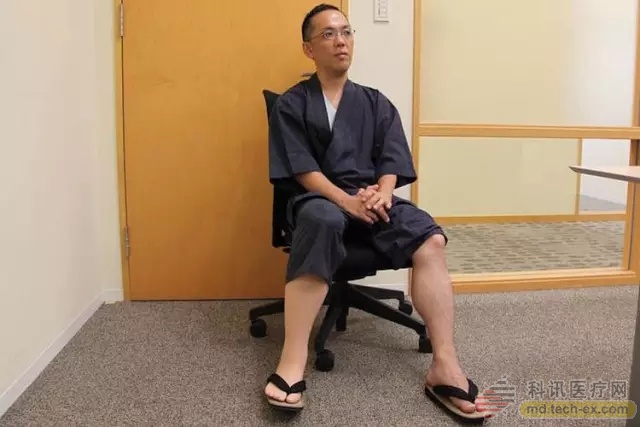Release date: 2016-09-21
There are already indications that 3D printing technology that has been around since 1990 is likely to make a big difference in the medical field. Compared to other industries, many products in the medical field: medical equipment, surgical prostheses, and biological tissues have not been able to reduce costs well, and 3D printing may do this.
The Japanese company called SHC Design is trying to do this. Chief Operating Officer Kahod Island claims that the company's 3D printers produce prostheses for as little as $100.
One of the company's employees, 41-year-old Ando Wenji himself, is the one who needs such products. The 3D printed limbs can now help him wear Japanese sandals, matching the colors of summer bathrobes. The average method does cost a lot of money. According to the Japanese Ministry of Health, hand-made prostheses cost about $4,200 in Japan.

The material for the prosthesis is an elastic polymer suitable for medical devices, developed by the rubber manufacturer JSR Group to ensure stable output of the 3D printing device. The job of SHC Design is to create a software template for the machine, scan the other leg of the customer's health and the shoes he wants to wear, and print out the corresponding leg shape. Another benefit of this material printed prosthesis is that it is lighter and allows the user to perform a wider range of activities.
However, the company's real opportunity may be to sell machines and software to markets that have a greater demand for cheaper prostheses. According to data from an international aid agency in Japan, nearly 350,000 people in the Philippines need prosthetics, but 90% are unable to obtain prosthetics because of cost issues and lack of expert treatment. At present, SHC Design has received some government subsidies and plans to sell its products to Japan and the Philippines starting in April next year. The entire equipment costs about US$2,000.
However, polymer prostheses (commonly known as plastic prostheses) may not be as durable as titanium and carbon fiber prostheses. Tom Fise, executive director of the American Orthotics & Prosthetics Association, said in an interview with The Wall Street Journal that he has not seen other companies doing this, but he does not believe that the current product can support more than 3-5 years.
Source: NetEase
Canned Grapefruit Sacs, Ruby Grapefruits, Canned White Grapefruit, Canned Grapefruit Segments, Canned Red Grapefruit, Fresh Grapefruit
ZHEJIANG FOMDAS FOODS CO., LTD. , https://www.fomdasfoods.com